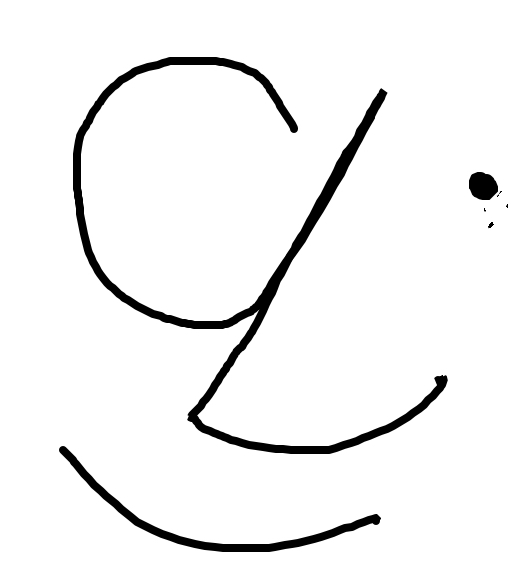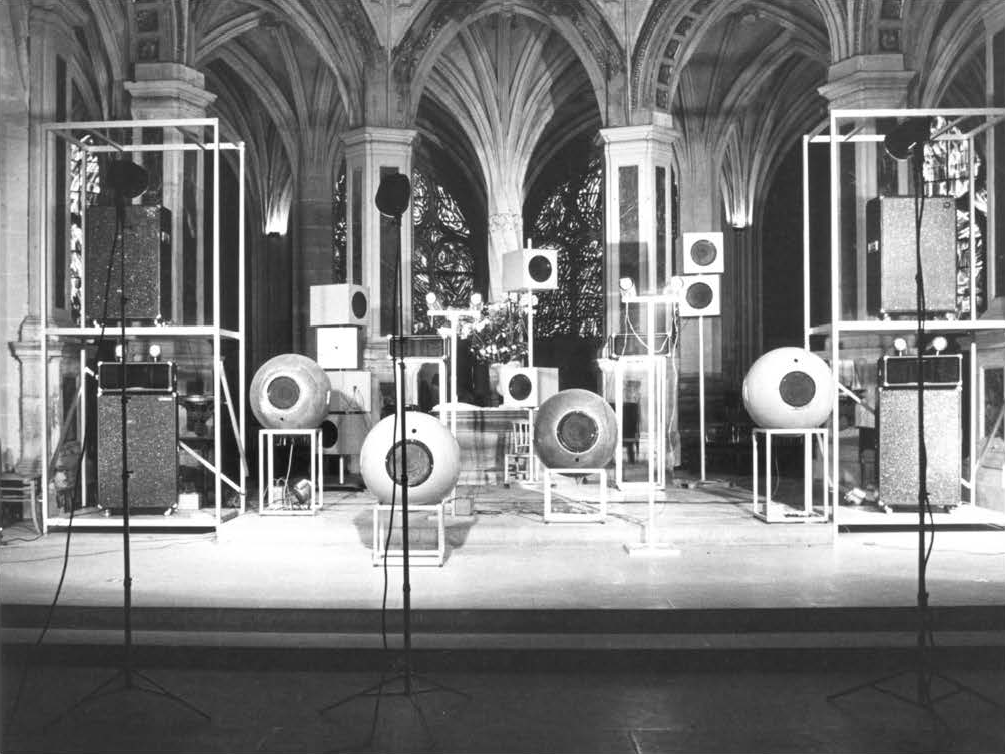Acousmatic in Questions
“Art is made of sounds, noises and silences that we listen to.”
Pierre Schaeffer
While seeking to better understand concrete music and its inventor Pierre Schaeffer, I discovered acousmatic listening with interest, which I wish to briefly present here and question in the light of Willems® pedagogy.
What is acousmatic?
Acousmatic art, born from concrete music in the 1940s, consists of listening to sounds detached from their visual source, through loudspeakers.
The term refers to Pythagoras, who taught behind a curtain to encourage his disciples to focus on listening.
Pierre Schaeffer discovered the musical potential of everyday sounds (trains, pans, voices), which he recorded, isolated, reversed, slowed down, thus giving birth to the “sound object”. These sounds, freed from their cause, became musical material, revealing their poetic potential and evocative power.
This practice led composer François Bayle to invent the acousmonium in 1974: an orchestra of loudspeakers creating true sound immersion.
You can find more details in the article on the Belgian site Musiques & Recherches.
Acousmatic and Willems® pedagogy
One of the aims of Willems® pedagogy is the development of conscious inner hearing.
For this purpose, music education classes use the principle of listening with closed eyes: guessing games with various instruments, series of bells within the intratonic space, fostering concentration on the sound, allowing the distinction of timbre, intensity, duration, and pitch, without being influenced by sight.
This practice, similar to play, often disappears when solfège and instrumental practice begin. I believe, on the contrary, that it would be valuable to continue this listening freed from sight, even in instrumental playing. Moreover, great performers who play from memory often do so with their eyes closed, allowing listening to guide their movements.
What kind of musical listening are we talking about?
Music education is primarily oriented towards acoustic sound productions, appreciating their natural vibrations according to their timbre. It gradually leads to instrumental and vocal practice, for which listening to one’s own playing is essential. In the best cases, inner hearing precedes and induces the instrumental act.
Here, I refer to the broadcasting of works recorded on media (CD, MP3, vinyl, cassettes) and played back through loudspeakers (or possibly with headphones for individual listening).
This type of listening is also part of the music education and training program.
Musical listening, body movement, and interiority
The Willems® Movement tradition is to associate global musical listening with bodily movements, whether in introductory and solfège classes or in teacher training courses, fostering active listening and the absorption of major themes.
Towards the end of my career, I increasingly questioned this practice which made bodily movement, often involving displacement, almost obligatory while listening to music, especially during “warm-ups” in training courses and congresses.
While I agree that bodily movement is necessary to develop awareness of the passage of time, a highly rhythmic dimension essential for acquiring a sense of tempo, it no longer seems essential to me once these aspects are assimilated, or at least, not systematically.
For sound continues to act, so to speak, making us move internally.
Emotions are always accompanied by physical reactions (trembling, sweating, blushing, tears, increased heart rate, relaxation), without necessarily being expressed through demonstrative bodily movements. This cause-and-effect relationship characterises affectivity.
Therefore, I believe it is useful to consider learning active receptive listening without movement, extending one of the foundations of Willems® pedagogy: sensory auditory development.
Musical listening and acousmatic: listening differently
What does acousmatic teach us?
Although acousmatic listening derives from the research of Pierre Schaeffer and is intimately linked to the creation of electroacoustic music with the acousmonium, it also allows us to question our contemporary listening modes.
At a time when music is widely broadcast through speakers and headphones, and concerts are attended by a limited number of music lovers, we rarely talk about how to listen outside concert halls.
The acousmatic principle frees us from visual images to immerse ourselves in the very texture of sound.
This is truly a Willemsian principle!
When attending an electroacoustic concert with an acousmonium, one goes to be bathed in sound, doing nothing but listening. Why not do the same at home? Sit comfortably, play a recording, close your eyes, and let yourself be carried by the music.
At the music school, it is also about learning to listen, to choose what to listen to, and beyond music, to open up differently to the surrounding sound world.
Why not ritualise listening times with closed eyes?
Once or twice a month, once a term, or even daily in kindergarten and primary school, to cultivate active, focused, and immersive listening.
Conclusion
Pierre Schaeffer started by recording the noise of a steam locomotive before transforming it into a musical object.But attentive listening to noises and sounds has always preceded and nourished music.
Learning to listen is preparing to play and live music differently.
This is the meaning of my musical listening proposals on pigyki.fr.
If this approach interests you, do not hesitate to share your listening experiences in the comments or to explore the other listening proposals on Pigyki.
Acousmatic listening suggestions
Listening with headphones is recommended for better immersion.
- Pierre Schaeffer – Étude aux chemins de fer (1948) (2’54))
- François Bayle –Trois rêves d’oiseaux (1971) (10′) :
I. L’Oiseau moqueur (3’30) – II. L’Oiseau triste (2’30) – III. L’Oiseau zen (4′) - Bernard Parmegiani – De natura sonorum (1975) (Part 2 – V. Points contre Champs) (8’35))
These works invite you to hear noise, silence, and the breath of the world in a different way.


